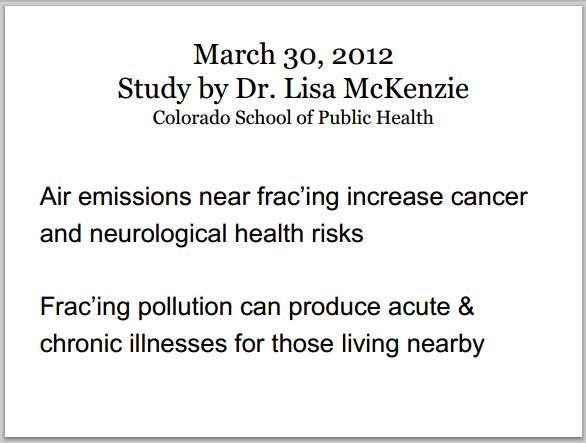PDF of the study plus supplementary material
Clinical science Association of ambient air pollution with age-related macular degeneration and retinal thickness in UK by Sharon Y L Chua, Alasdair Warwick, Tunde Peto, Konstantinos Balaskas, Anthony T Moore, Charles Reisman, Parul Desai, Andrew J Lotery, Baljean Dhillon, Peng T Khaw, Christopher G Owen, Anthony P Khawaja, Paul J Foster, Praveen J Patel, Jan 11, 2021, British Journal of Ophthamology
doi.org/10.1136/bjophthalmol-2020-316218
on behalf of The UK Biobank Eye and Vision Consortium
Abstract
Aim To examine the associations of air pollution with both self-reported age-related macular degeneration (AMD), and in vivo measures of retinal sublayer thicknesses.
Methods We included 115 954 UK Biobank participants aged 40–69 years old in this cross-sectional study. Ambient air pollution measures included particulate matter, nitrogen dioxide (NO2) and nitrogen oxides (NOx). Participants with self-reported ocular conditions, high refractive error (< −6 or > +6 diopters) and poor spectral-domain optical coherence tomography (SD-OCT) image were excluded. Self-reported AMD was used to identify overt disease. SD-OCT imaging derived photoreceptor sublayer thickness and retinal pigment epithelium (RPE) layer thickness were used as structural biomarkers of AMD for 52 602 participants. We examined the associations of ambient air pollution with self-reported AMD and both photoreceptor sublayers and RPE layer thicknesses.
Results After adjusting for covariates, people who were exposed to higher fine ambient particulate matter with an aerodynamic diameter <2.5 µm (PM2.5, per IQR increase) had higher odds of self-reported AMD (OR=1.08, p=0.036), thinner photoreceptor synaptic region (β=−0.16 µm, p=2.0 × 10−5), thicker photoreceptor inner segment layer (β=0.04 µm, p=0.001) and thinner RPE (β=−0.13 µm, p=0.002). Higher levels of PM2.5 absorbance and NO2 were associated with thicker photoreceptor inner and outer segment layers, and a thinner RPE layer. Higher levels of PM10 (PM with an aerodynamic diameter <10 µm) was associated with thicker photoreceptor outer segment and thinner RPE, while higher exposure to NOx was associated with thinner photoreceptor synaptic region.
Conclusion Greater exposure to PM2.5 was associated with self-reported AMD, while PM2.5, PM2.5 absorbance, PM10, NO2 and NOx were all associated with differences in retinal layer thickness.
Large UK study found small pollution rise associated with more cases of age-related macular degeneration by Damian Carrington, 26 Jan 2021, The Guardian
Small increases in air pollution are linked to an increased risk of irreversible sight loss from age-related macular degeneration (AMD), a large UK study has found.
Previous work had already found a link between dirty air and glaucoma and a link to cataracts is suspected. The scientists said the eyes have a particularly high flow of blood, potentially making them very vulnerable to the damage caused by tiny particles that are breathed in and then flow around the body.
The study is the first to assess the connection between air pollution and both diagnoses of AMD that the patients said they had been given, and measurements of harmful changes in the retina. It found a small increase in exposure to tiny pollution particles raised the risk of AMD by 8%, while small changes in larger pollution particles and nitrogen dioxide were linked to a 12% higher risk of adverse retinal changes.
AMD is the leading cause of irreversible blindness among the over-50s in high-income countries and there are 200 million people around the world with the condition. In the UK about 5% of people over 65 years old have the disease.
The biggest risk factors for AMD are genetics and poor physical health issues, such as smoking and obesity. But as lifestyles become healthier, the impact of air pollution will become more important, the researchers said, and, unlike genetics, levels dirty air can be reduced with the right policies.
Air pollution is being linked to an increasingly wide range of diseases, and the World Health Organization says 90% of the world population live with dirty air. A global review in 2019 concluded that air pollution may be damaging every organ in the human body, as inhaled particles travel around the body and cause inflammation.
“There is an enormously high flow of blood [to the retina] and we think that as a consequence of that the distribution of pollutants is greater to the eye than to other places,” said Prof Paul Foster, at University College London, UK, and who was part of the study team. “Proportionately, air pollution is going to become a bigger risk factor as other risk factors are brought under control.”
“It’s important to keep things in context – people shouldn’t be looking outside their door and thinking: ‘I can’t go out because it is polluted out there’,” he said. “The study gives people information that they can use to alter their lifestyle choices. For example, it may be another reason why we might consider going for an electric car, instead of buying a diesel.”
The research is published in the journal British Journal of Ophthalmology and used data on 116,000 people in the UK Biobank database aged 40-69 with no eye problems at the start of the study. The health of the retina was examined by scans for more than 50,000 people.
The researchers found that people exposed to an additional 1 microgram per cubic metre of tiny particles had an 8% higher risk of AMD. The average level of tiny particles in the UK is 10µg/m3, which is relatively low compared with many other countries. The researchers took account of other factors that might influence the development of AMD, including age, smoking, weight and deprivation.
“This UK-based study is similar to a 2019 study from Taiwan on traffic-related pollution,” said Prof Chris Inglehearn, at the University of Leeds and not part of the study team. “The fact that these two independent studies reach similar conclusions gives greater confidence that the link they make is real.”
Prof Robert MacLaren, at the University of Oxford, said: “This finding is significant. Furthermore, the study had an average age of around 60 and this small increased risk of 8% is likely to be compounded further over ensuing decades.”
The air pollution data used were levels of outdoor pollution but Foster said levels inside homes were likely to be important. “We suspect there’s a lot more that is relevant going on inside the house,” he said. “Anything that produces smoke is likely to be driving some of the risk.”
Foster said further research on how indoor air pollution affects eye health had been planned but was postponed by the coronavirus pandemic. A recent study found that wood burners triple the level of harmful pollution particles inside homes.
“The traditional sign-off with anything to do with with eyes and vision is to encourage everybody to have a routine eye examination once a year, particularly those over 40,” Foster said. “It’s a great way of spotting eye disease.”

Refer also to:
Some of the frac’d wells around my home and community, many more were frac’d by Encana after I prepared this map (red are the ultra shallow frac’d wells; black are deep, some frac’d some not):
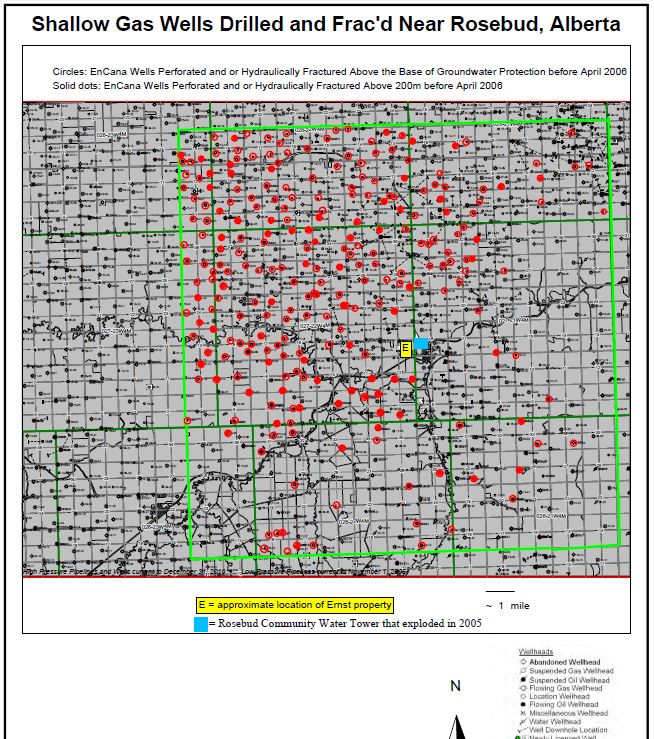
Pa judge rules in favour of Ultra Resources: “with eight compression sites, all within 5 square miles of one another, emitted more than 100 tons of nitrogen oxide per year” Encana installed 13 (noisy) frac compressors around my community.
Novel coronavirus hitching rides on particles of air pollution?
Encana’s Vexatious Sour Gas Frack Flaring near Grand Prairie, Alberta; After clip posted, Encana pulls a scrubby dubby and removes from public access their Emergency Response Plan for the community!
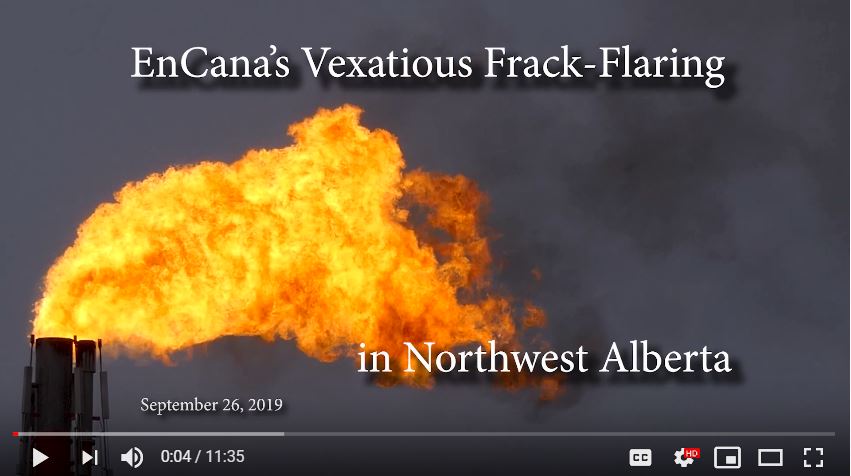
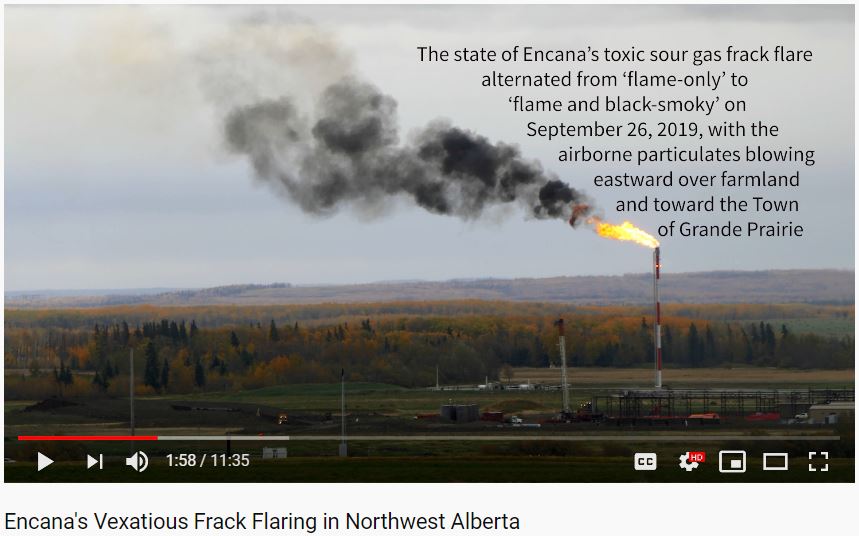
Fracing’s long reach: New Study says Fracking Wells Could Pollute The Air Hundreds Of Miles Away
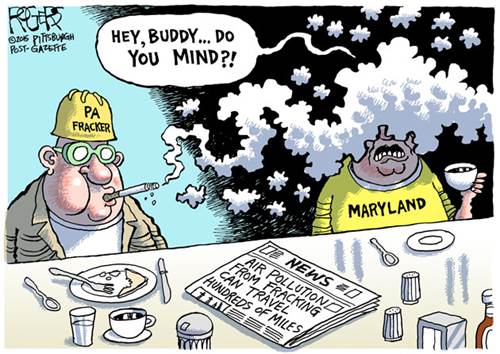
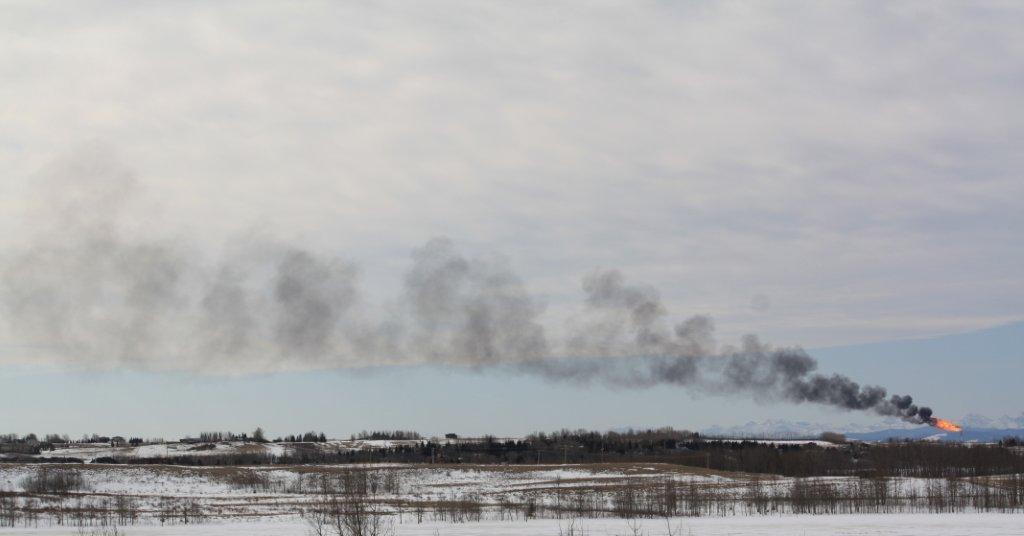
Oil patch frac pollution heading to Calgary
Queensland Australia: Another new study shows unconventional gas industry pollution: Air Pollution and human health hazards: a compilation of air toxins acknowledged by gas industry in Queensland’s Darling Downs. As expected and as usual, industry name calls the scientist, Geralyn McCarron, “activist” to try to discredit her and her alarming paper Same as politicians, NGOs, Encana, regulators, gov’t did to me.
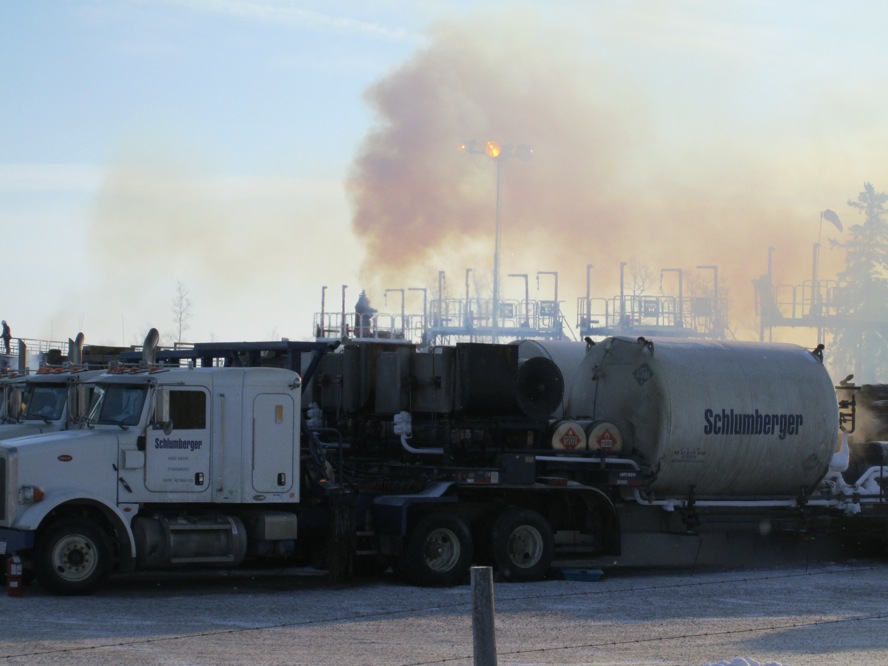
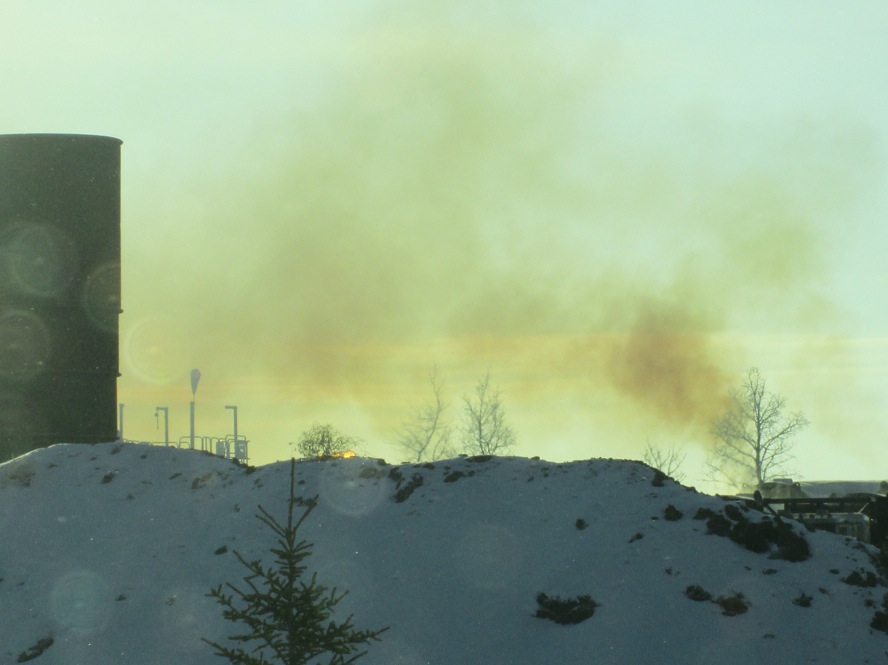
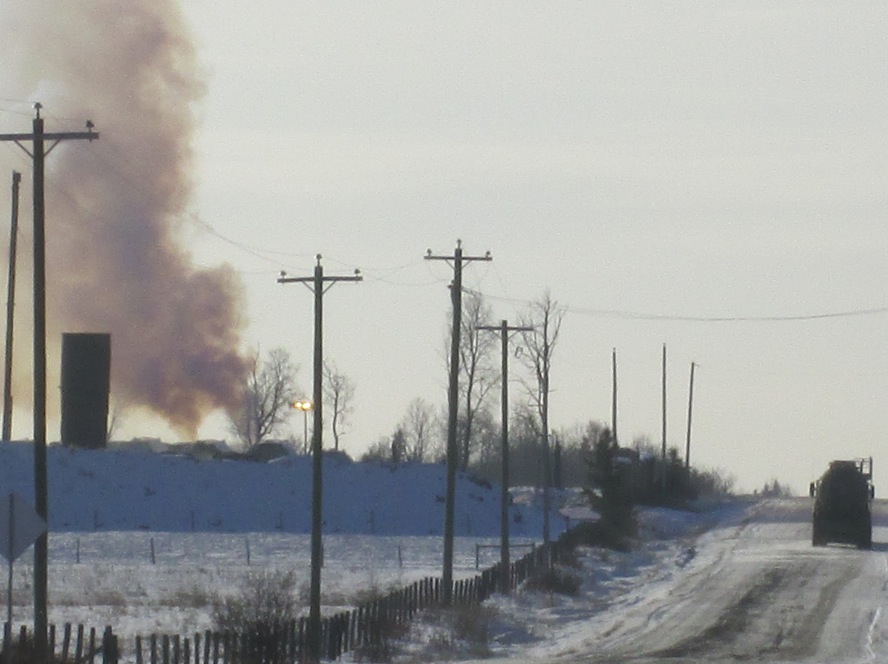
Above photos of frac’ing in Alberta by FrackingCanada
2012: Colorado study links fracking to air pollution
